
Volkswagen Passat Saloon engines, drive and performance
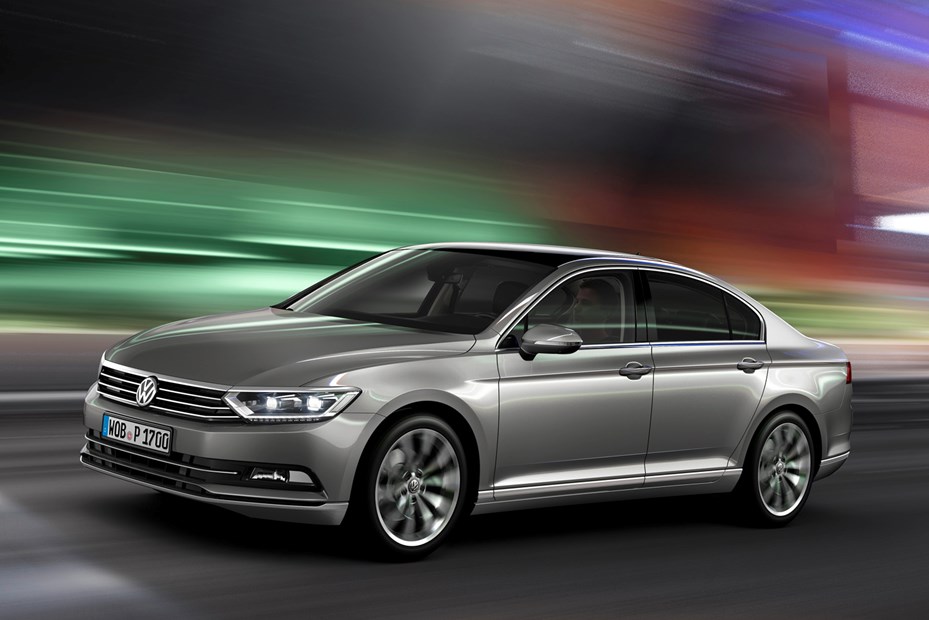
- Broad selection of engines available
- Usual petrol and diesel options
- Plus an impressive plug-in hybrid GTE
The Passat comes with a wide range of engine options, meaning a range of buyers are well catered for, whether it’s petrol or diesel. There’s also a petrol plug-in hybrid that’ll appeal to company car drivers thanks to those low CO2 figures.
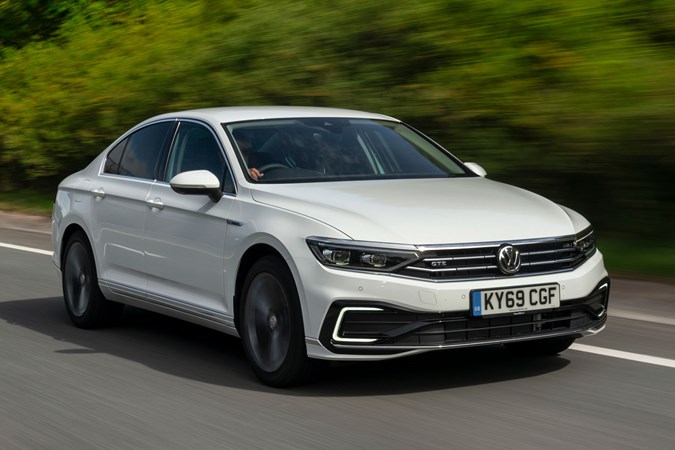
TSI petrol line-up
The petrols kick off with a 1.5-litre TSI Evo, producing 150hp and 250Nm of torque. The Evo in the name refers to the engine’s ability to shut down two of its cylinders – it used to be called Active Cylinder Technology (ACT) in older models like the Polo BlueGT. It’s there to boost efficiency. Top speed is 137mph, while it takes 8.7 seconds regardless of the car being manual or DSG automatic.
Next up is the 2.0 TSI with 190hp. This ups the torque to 320Nm and it’s a fairly strong performer, capable of completing the 0-62mph sprint in 7.5 seconds. It comes exclusively with a seven-speed DSG transmission, and it’s a smooth and relaxed engine in terms of its power delivery. The engine sound can become a little coarse, and isn’t as refined as it is in an equivalent Audi A4, but it’s not too bad. It doesn’t feel as good a fit in the Passat as its 190hp diesel counterpart (more on that engine further down the page). There’s no denying it seems to work well with the automatic gearbox, though, smoothly shifting through the ratios and not feeling too hesitant like it can in other VW Group models.
At the top of the line-up is a 272hp 2.0-litre TSI with standard-fit 4Motion and DSG gearbox. It’s only available in limited-run R-Line Edition spec, but is a very subtle performance Passat. It takes just 5.8 seconds to get from 0-62mph, and goes on to reach a limited top speed of 155mph.
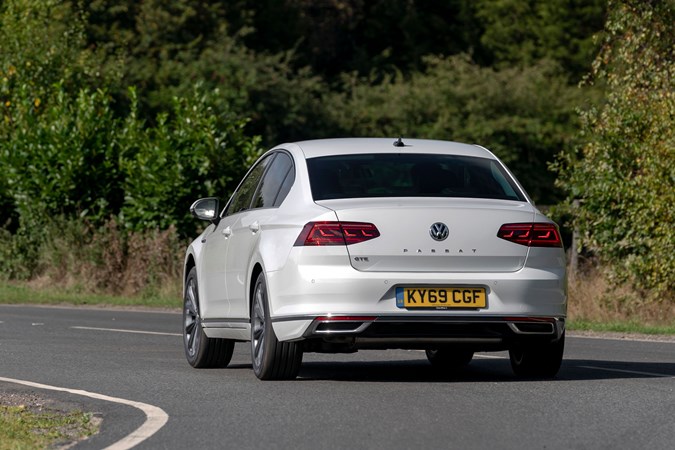
Diesels still the strong sellers
Diesels still make up just under 50% of Passat sales (with petrol and plug-in making up the rest), which makes sense as the Passat is favoured by fleet drivers over any other type of buyer. Traditionally, diesel is best here and the ones in the Passat continue to impress.
The most popular is a new 2.0-litre TDI Evo producing 150hp and 340Nm of torque (360Nm for the DSG). It’s nippy enough with a 0-62mph time of 8.9 seconds whether it’s manual or DSG-equipped.
Another strong option is the 2.0 TDI 190 with – yes, you guessed it – 190hp. Torque is up to 400Nm, it comes only with a DSG transmission but the choice of front- or 4Motion all-wheel drive. You don’t really need the latter, and it performs well in front-wheel drive form. It’s responsive and quick to get going, and the torque on offer means it’s an ideal motorway companion and quickly picks up when you need to overtake. It can make a bit of a deep hum when getting up to speed (like most VW Group TDI engines), but it’s never too intrusive. A choice of driving modes – like in all other engine variations – alters the responses, but it’s best just left in Comfort or Normal mode. It suits the Passat’s relaxed character.
Of slightly more niche appeal at the top of the range is a 240hp 2.0 BiTDI. It’s a biturbo engine and offers a not-insignificant 500Nm of torque. DSG and 4Motion are the order of the day, and it takes just 6.7 seconds to get from 0-62mph.
What about the Passat GTE?
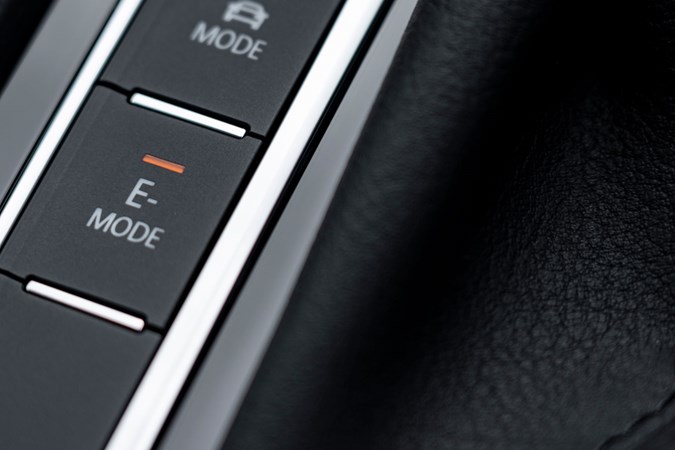
Updated for the 2019 facelift with a new battery pack, the plug-in hybrid Passat GTE offers a total system output of 218hp and 400Nm of torque. It uses a 1.4-litre TSI petrol engine in combination with a 13kWh battery pack powering an electric motor. 0-62mph takes 7.4 seconds, and responses feel sharp thanks to the instant torque available from the electric motor.
The GTE will always start off in E-mode (pure EV driving) if there’s enough energy available, and on a full charge will run for a claimed 36 miles. Even when it’s running low and in Hybrid mode, it wafts along in silence more than you’d expect it to, and when the engine eventually kicks in to assist, it does so gently and quietly.
If you want to recharge the batteries on the move, you can select a certain level on a graphic on the screen, and it’ll work to get the battery up to that capacity. Similarly, you can select to hold the battery charge at a certain level until later in the journey, for example when you get to a built up area and want to make full use of E-mode. Finally, there’s GTE mode which uses all possible power from both the engine and electric motor.
How does it handle?
- Safe rather than sporty handling
- But that suits the Passat
- Very easy to drive, too
The majority of UK Passat sales are to fleet drivers, and the car is set up to suit easy and relaxed motorway driving over anything else. On long journeys the Passat is refined, calm and comfortable – with no engine being especially noisy at cruising speed.
Elsewhere it’s all very calm and composed, with a focus on being easy and fuss-free to drive. In the bends there’s very little drama – it doesn’t lean too much and you always feel in control, while cars fitted with optional Dynamic Chassis Control (DCC) offer an extra level of composure thanks to adaptive damping.
It feels quite agile for a car of its size which is aided by steering that’s light and quick to respond, you just don’t get much in the way of feedback – some may find it too light – although putting the car in Sport mode will make it feel a little heavier.
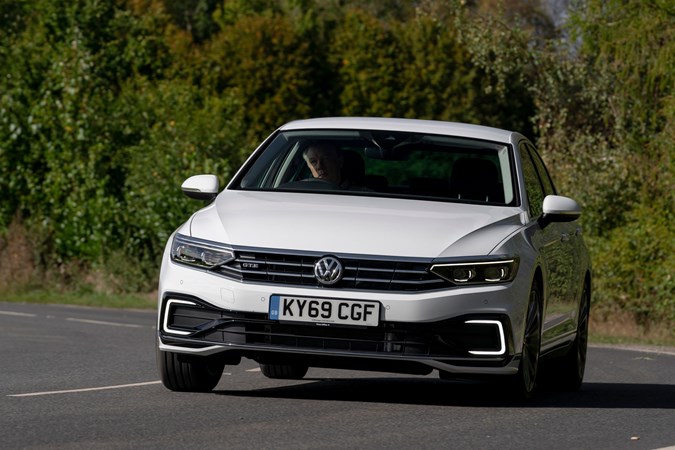


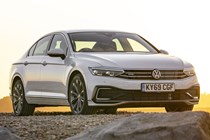
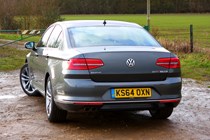
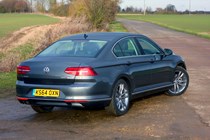
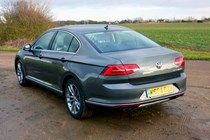
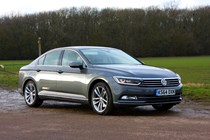
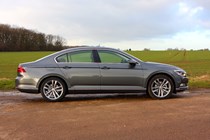
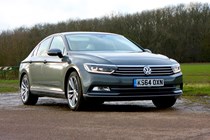
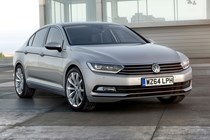
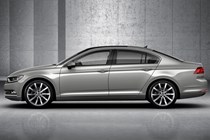
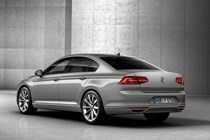
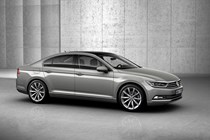
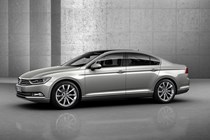
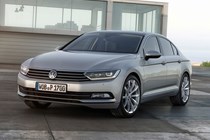
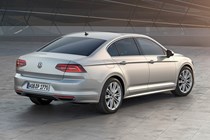
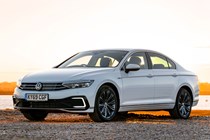
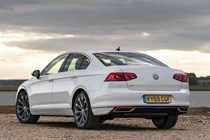
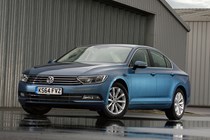
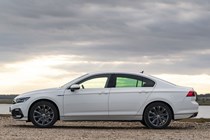
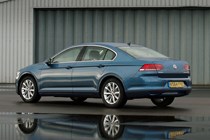
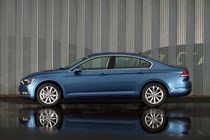
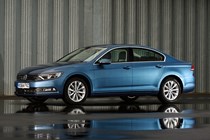
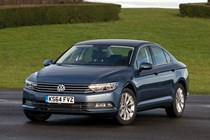
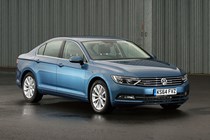
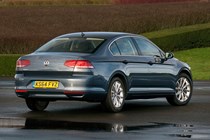
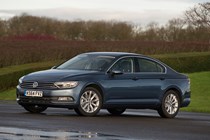
.jpg)
.jpg)
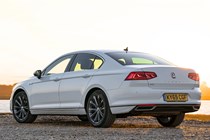

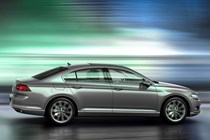
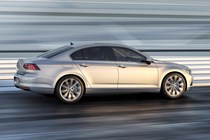
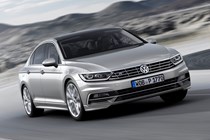
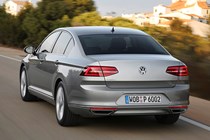


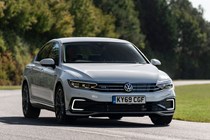
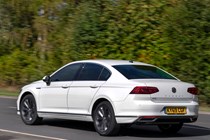
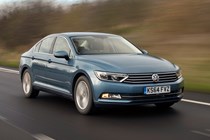
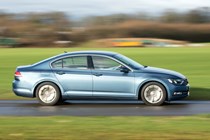

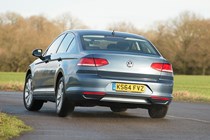
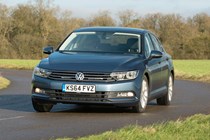
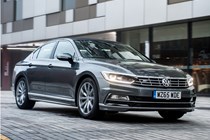
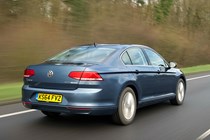
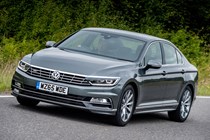
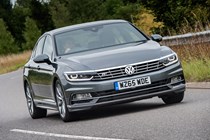
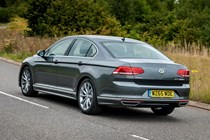
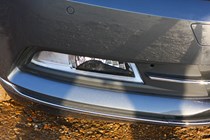
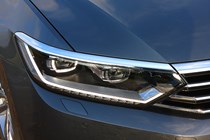
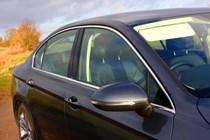
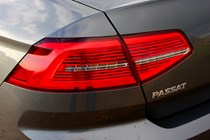
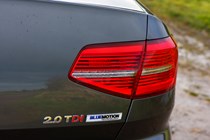
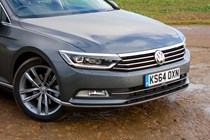
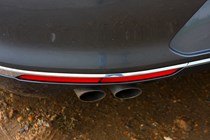
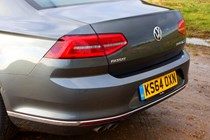
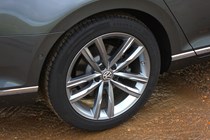

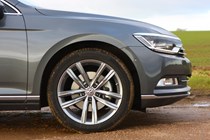
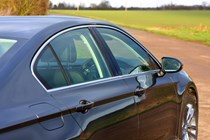
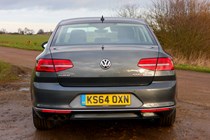
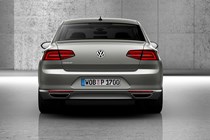
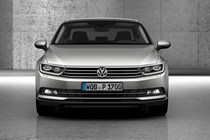
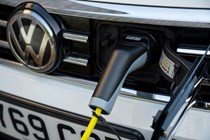
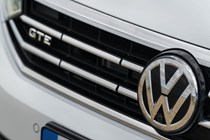
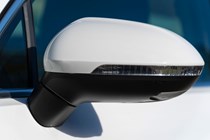
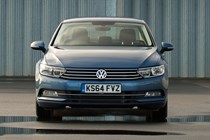
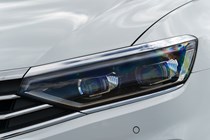

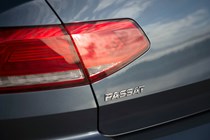
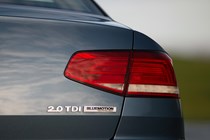
.jpg)
.jpg)
.jpg)
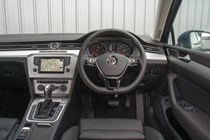
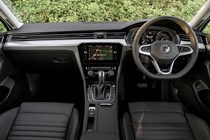
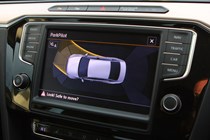
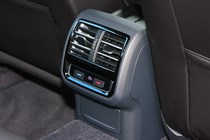
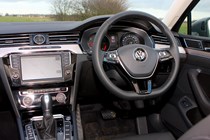
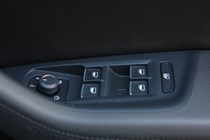
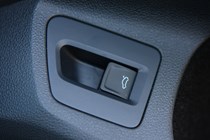
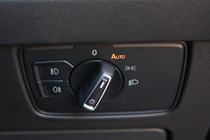
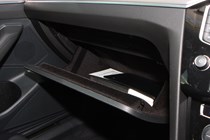
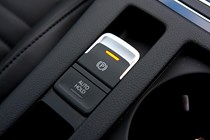
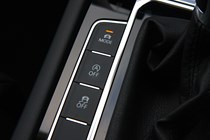
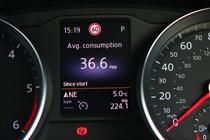
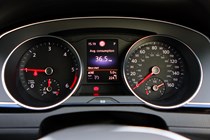
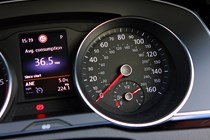
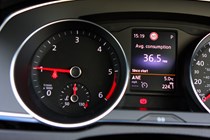
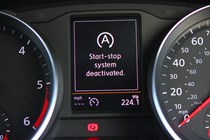
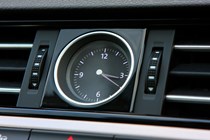
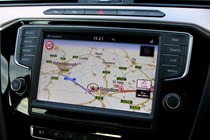
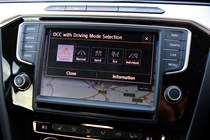
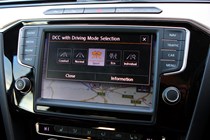
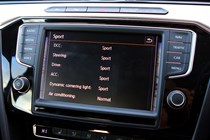
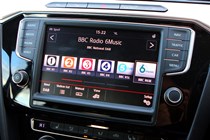
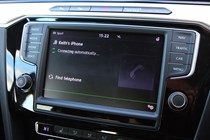
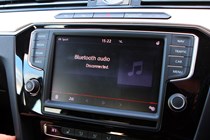
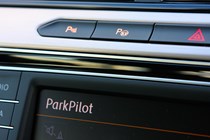
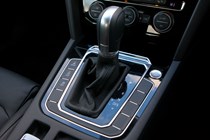
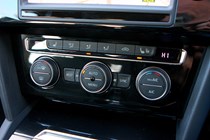
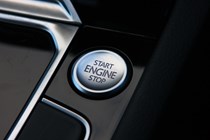
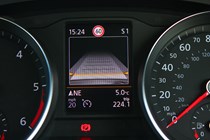
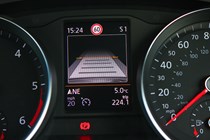
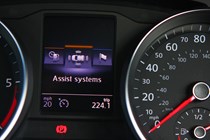
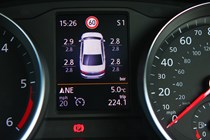
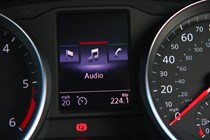
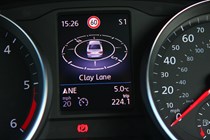
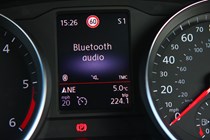
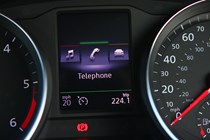
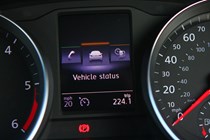
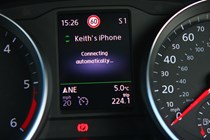
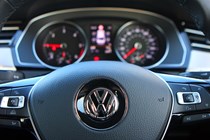
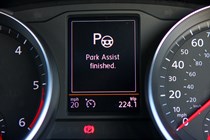
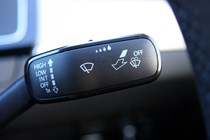
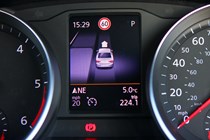


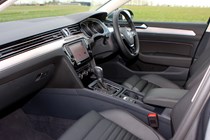
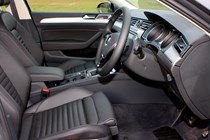
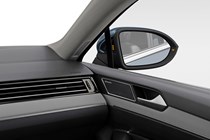
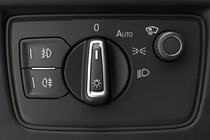
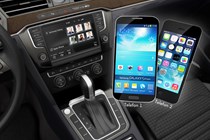
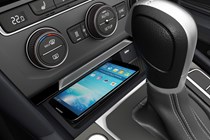
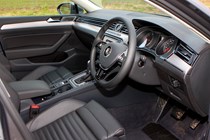
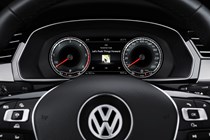
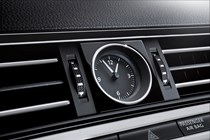

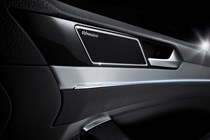

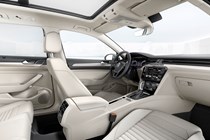
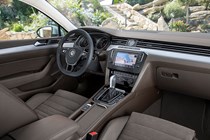
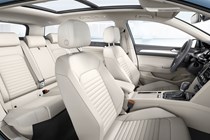
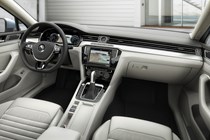
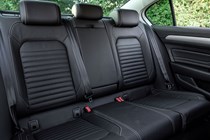
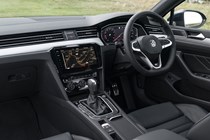
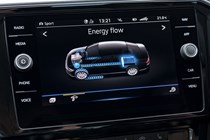
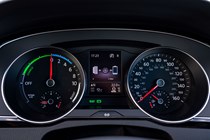
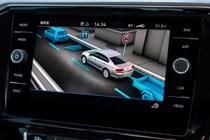
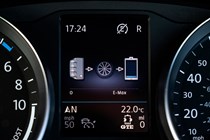
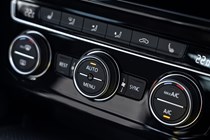
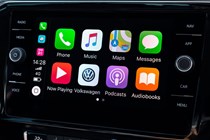

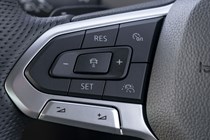
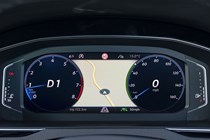
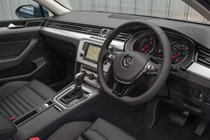
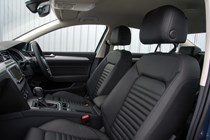

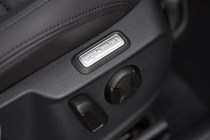
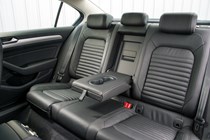
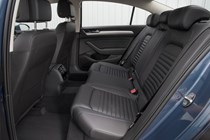
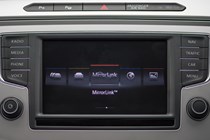
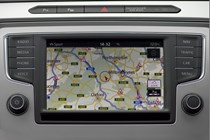
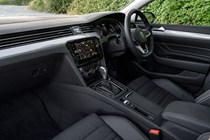
.jpg)
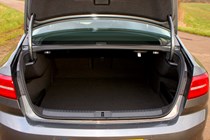
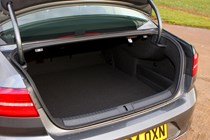
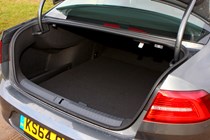
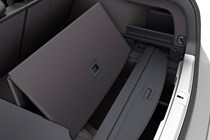
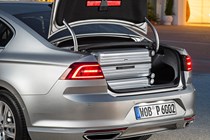
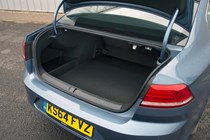
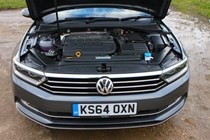
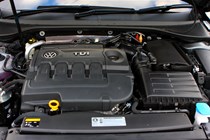
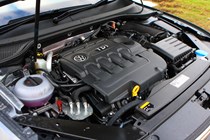
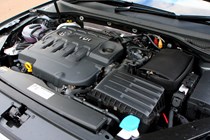
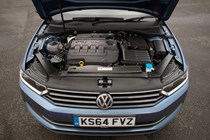

























.jpg?quality=50)
.jpg?quality=50)











































.jpg?quality=50)
.jpg?quality=50)
.jpg?quality=50)
















































































.jpg?quality=50)










